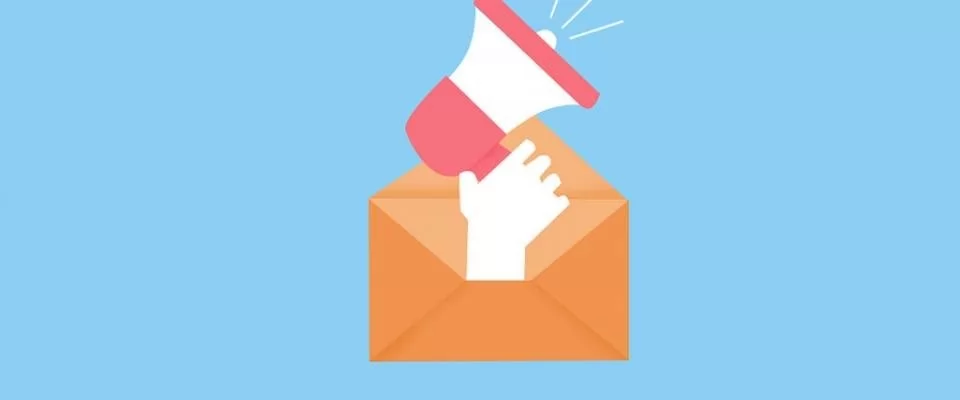Unlocking the Potential of Email Segmentation for Effective Marketing Campaigns
In today's digital age, email marketing remains a powerful tool for businesses to connect with their audience. However, as inboxes become increasingly crowded, it is crucial to deliver relevant and personalized content to stand out and drive engagement. This is where email segmentation comes into play. Email segmentation is a strategy that allows marketers to divide their subscriber base into smaller, targeted groups based on specific criteria. By tailoring content to the unique needs and interests of each segment, businesses can significantly enhance the effectiveness of their email campaigns. In this article, we will explore the benefits of email segmentation and provide practical tips for implementing this strategy successfully.
Understanding Email Segmentation
Email segmentation involves dividing an email list into distinct segments based on various factors such as demographics, geographic location, purchase history, engagement level, or preferences. The goal is to create smaller, more targeted groups of subscribers to deliver content that resonates with their specific interests and needs. By adopting a segmented approach, businesses can optimize their email campaigns to achieve higher open rates, click-through rates, and conversions.
Benefits of Email Segmentation
1. Enhanced Personalization: Email segmentation allows marketers to personalize content based on the specific characteristics of each segment. By delivering tailored messages, businesses can create a stronger connection with their subscribers, increasing the likelihood of engagement and conversion.
2. Increased Engagement: Relevant content is more likely to capture the attention of recipients, leading to higher engagement rates. When subscribers receive emails that address their unique interests, pain points, or preferences, they are more inclined to open, read, and interact with the content.
3. Improved Conversion Rates: Segmented email campaigns have been proven to generate higher conversion rates. By delivering targeted messages that align with subscribers' needs, businesses can guide recipients toward specific actions, such as making a purchase, signing up for a webinar, or downloading a resource.
4. Reduced Unsubscribes: Irrelevant emails often lead to subscriber dissatisfaction, resulting in higher unsubscribe rates. However, by segmenting your email list and delivering content that is valuable to each segment, you can reduce the likelihood of subscribers opting out of your communications.
Tips for Successful Email Segmentation
1. Define Your Goals: Clearly define the objectives of your email campaigns and determine how segmentation can help you achieve them. Whether you aim to boost engagement, increase sales, or drive website traffic, having a clear purpose will guide your segmentation strategy.
2. Collect Relevant Data: Gather the necessary data to segment your subscribers effectively. This can include information such as demographics, purchase history, browsing behavior, or engagement metrics. Utilize signup forms, preference centers, surveys, and tracking tools to collect data and build a comprehensive subscriber profile.
3. Identify Segmentation Criteria: Based on the data you have collected, identify the segmentation criteria that align with your goals and target audience. Examples include age, gender, location, purchase frequency, past interactions, or interests. Start with broader segments and refine them as you gather more data and insights.
4. Craft Targeted Content: Develop compelling content that caters to the specific needs and interests of each segment. Customize subject lines, email copy, and offers to resonate with the recipients and encourage them to take action. Personalization goes beyond using the recipient's name; it should reflect their preferences, challenges, or aspirations.
5. Test and Refine: Continuously monitor and analyze the performance of your segmented email campaigns. A/B testing can help you identify the most effective content, design, and timing for each segment. Use the insights gained to refine your segmentation strategy and optimize future campaigns.
Email segmentation is a powerful strategy that enables businesses to deliver personalized and relevant content to their subscribers. By dividing your email list into smaller, targeted segments and tailoring

